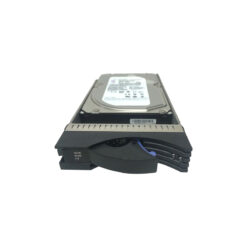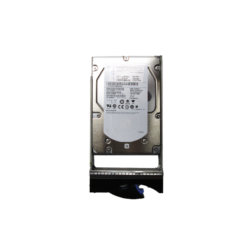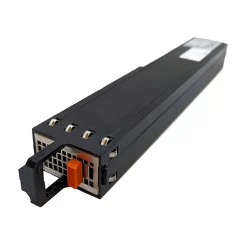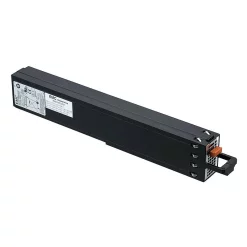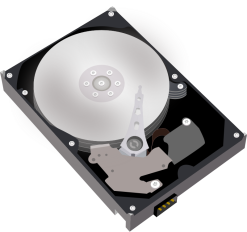Future-Ready Storage: EMC Unity’s All-Flash Architecture Leads the Charge
Overview of EMC Unity All-Flash Storage
EMC Unity’s All-Flash architecture represents a significant leap in storage technology, emphasizing performance, simplicity, and affordability. Designed to meet the modern needs of businesses, Unity All-Flash solutions are built to deliver lightning-fast data access while ensuring robust data management and protection capabilities.
Key Features
- Unified Storage Architecture: Supports block, file, and VMware Virtual Volumes (vVols) with consistent performance.
- Data Reduction: Inline deduplication and compression to maximize storage efficiency.
- Scalability: Scale-out architecture allows for dynamic capacity and performance expansion.
- Multi-Cloud Support: Seamless integration with public cloud services for hybrid cloud environments.
- Advanced Data Services: Included features like snapshots, replication, and data-at-rest encryption.
Technical Architecture
EMC Unity All-Flash storage is designed on a modern, multi-core processing platform with a comprehensive suite of automated storage management features. This versatility allows Unity systems to perform efficiently in various high-demand environments.
Component Breakdown
| Component | Description |
|---|---|
| SP – Storage Processor | The core processing unit equipped with multi-core CPUs that handle I/O operations and data services. |
| SSD – Solid State Drives | Fast, reliable flash storage devices configured in RAID arrays for data redundancy. |
| Memory | High-speed DRAM and NVMe used for caching and buffering I/O requests. |
| Unisphere Management | Centralized storage management platform with an intuitive interface as well as RESTful API support. |
Data Flow Mechanism
Data flow in Unity starts when a client sends an I/O request, which is captured and processed by the Storage Processor (SP). Below is a detailed explanation of the process:
- The SP receives I/O requests and immediately writes small units of data to its DRAM, enhancing speed while waiting for the SSDs to persist the data.
- Data is deduplicated and compressed inline before being stored, an essential step in optimizing storage space and cost-efficiency.
- RAID protection is applied, distributing data across SSDs to prevent data loss due to drive failures.
- Fast Cache and Dynamic Caching ensure frequently accessed data is available in low-latency memory, reducing read times.
- Management processes are handled by Unisphere, which provides visibility and control over system operations, including performance analytics and troubleshooting.
Functionality and Benefits
Data Services and Automation
EMC Unity offers extensive data services, including replication, tiering, and snapshots, controlled through automation capabilities to streamline management:
- Replication: Synchronous and asynchronous replication options ensure business continuity and disaster recovery.
- Tiering: Auto-tiering moves cold data to more cost-effective storage within Unity or to cloud storage, optimizing resource use.
- Snapshots: Point-in-time copies allow businesses to quickly recover data without impacting performance.
Hybrid and Multi-Cloud Integration
Unity facilitates a seamless flow of data between on-premises and cloud environments, supporting hybrid and multi-cloud strategies. It supports platforms like AWS, Azure, and VMware Cloud for broader deployment options.
Comparative Analysis
When evaluating other technologies, such as NetApp AFF or HPE Nimble Storage, EMC Unity’s advantages and potential limitations become apparent:
Strengths
- Comprehensive data reduction: Inline deduplication and compression compete strongly against other solutions.
- Unified file and block support: Offers broad compatibility for diverse workloads.
- Ease of management: Unisphere provides user-friendly interfaces, unlike some complex competitors.
Weaknesses
- May require high initial investment compared to some SME-focused competitors.
- Requires vendor-specific expertise for optimal management, which could be a challenge for smaller organizations.
Use Cases
EMC Unity is employed across various industries and scenarios, benefiting organizations needing high performance and reliability.
Use Case Examples
- Financial Services: Supporting high-speed transactional databases and secure data handling.
- Healthcare: Ensuring fast access to critical patient data with secure PHI management.
- Media and Entertainment: Providing robust archives and fast retrieval for large multimedia files.
Conclusion
EMC Unity’s All-Flash architecture offers a robust, versatile storage solution with excellent support for modern IT environments, backed by comprehensive data services, scalability, and integration features. It’s a strong candidate for organizations that prioritize performance and efficiency in their storage solutions.








